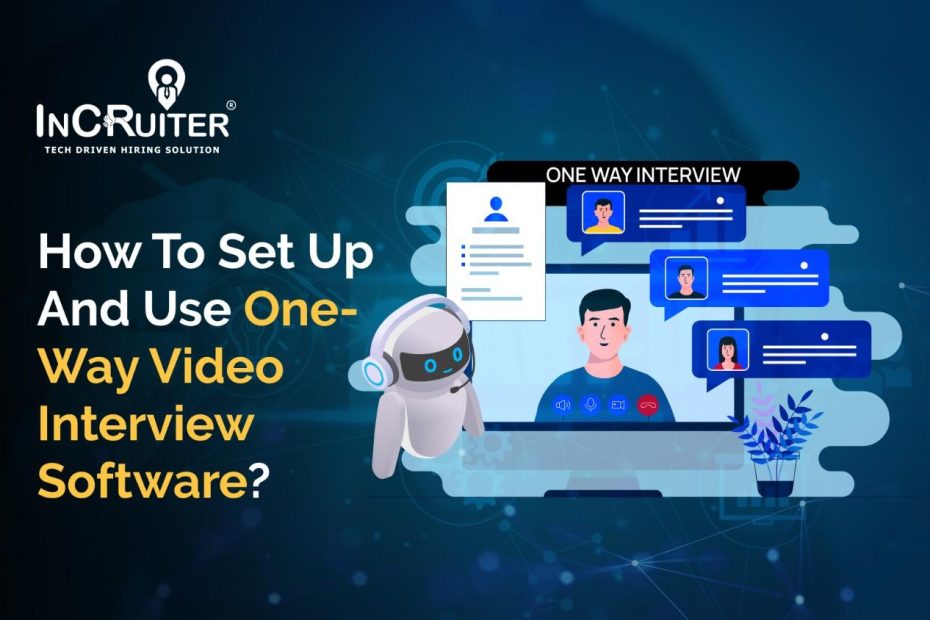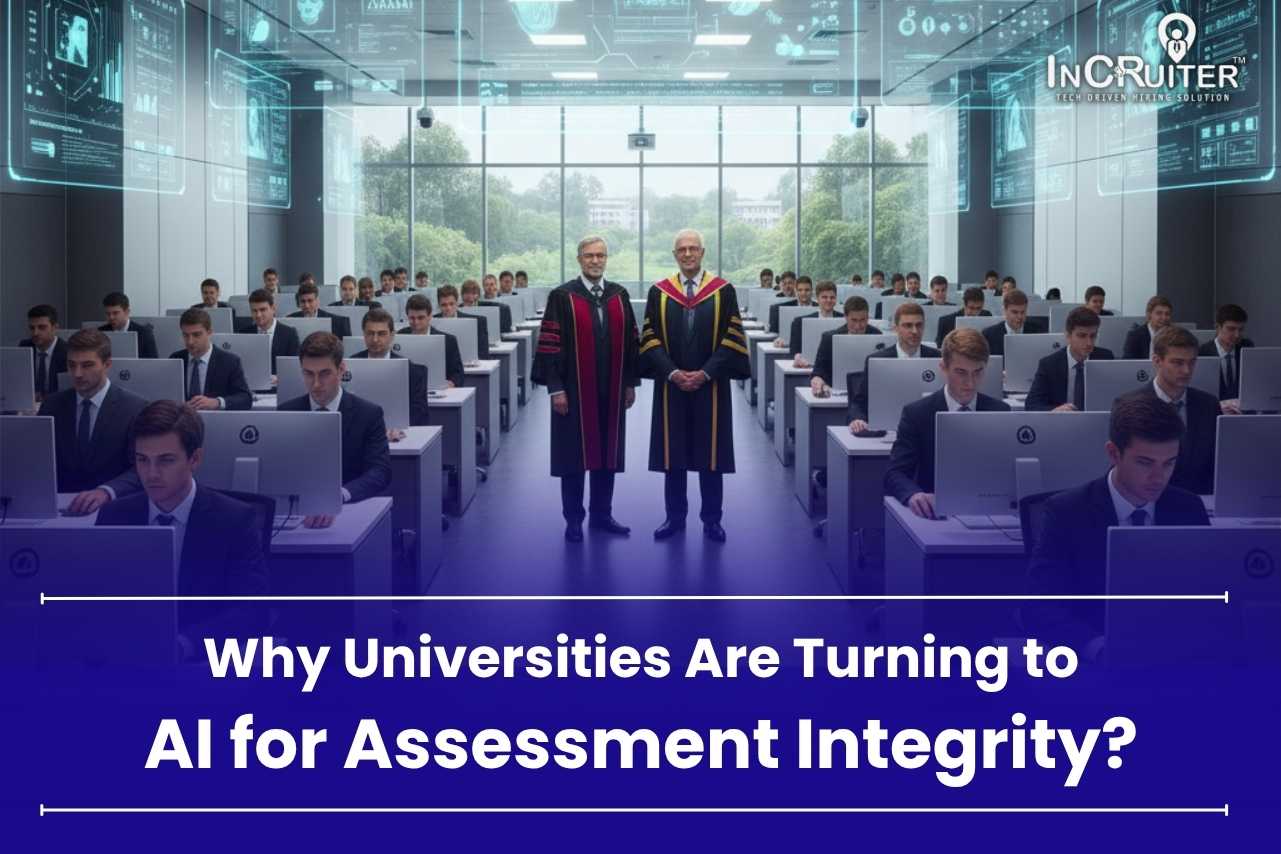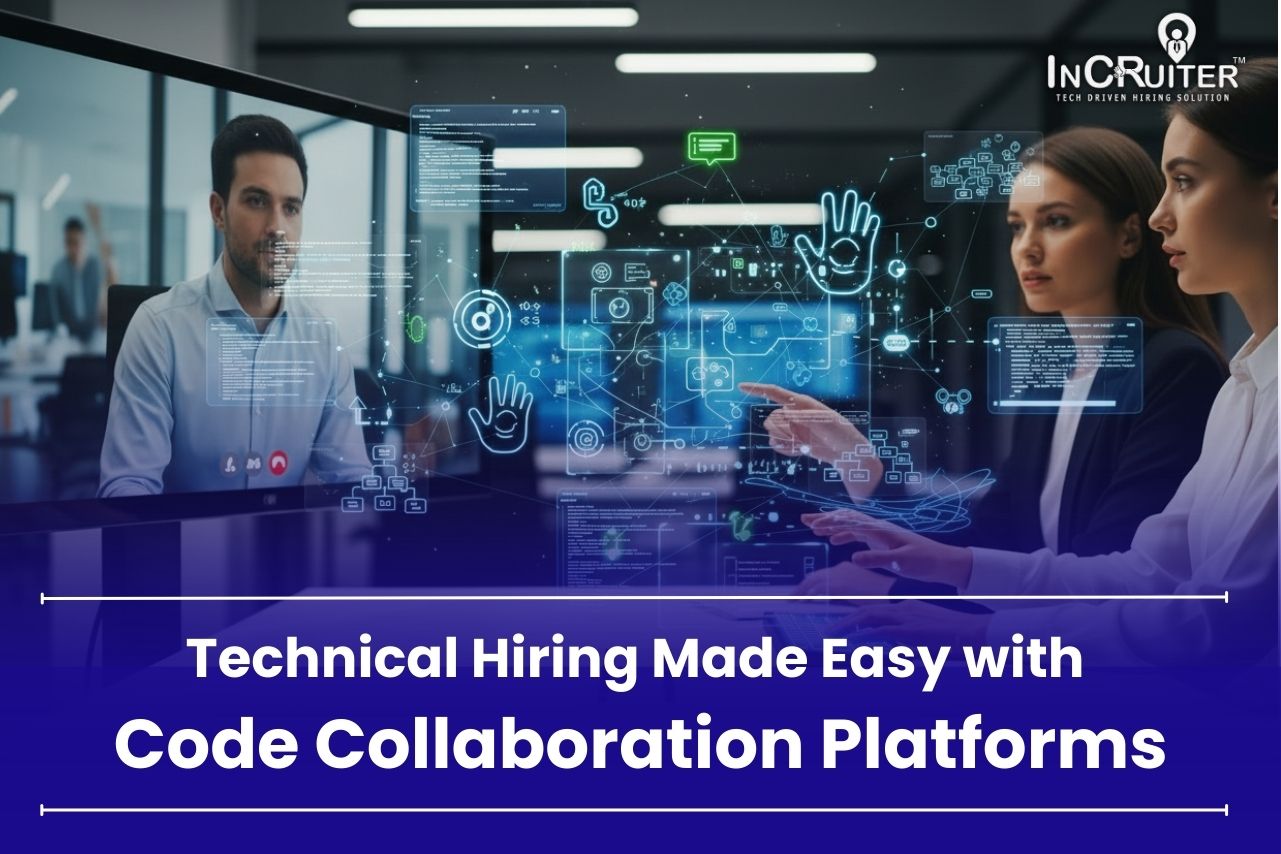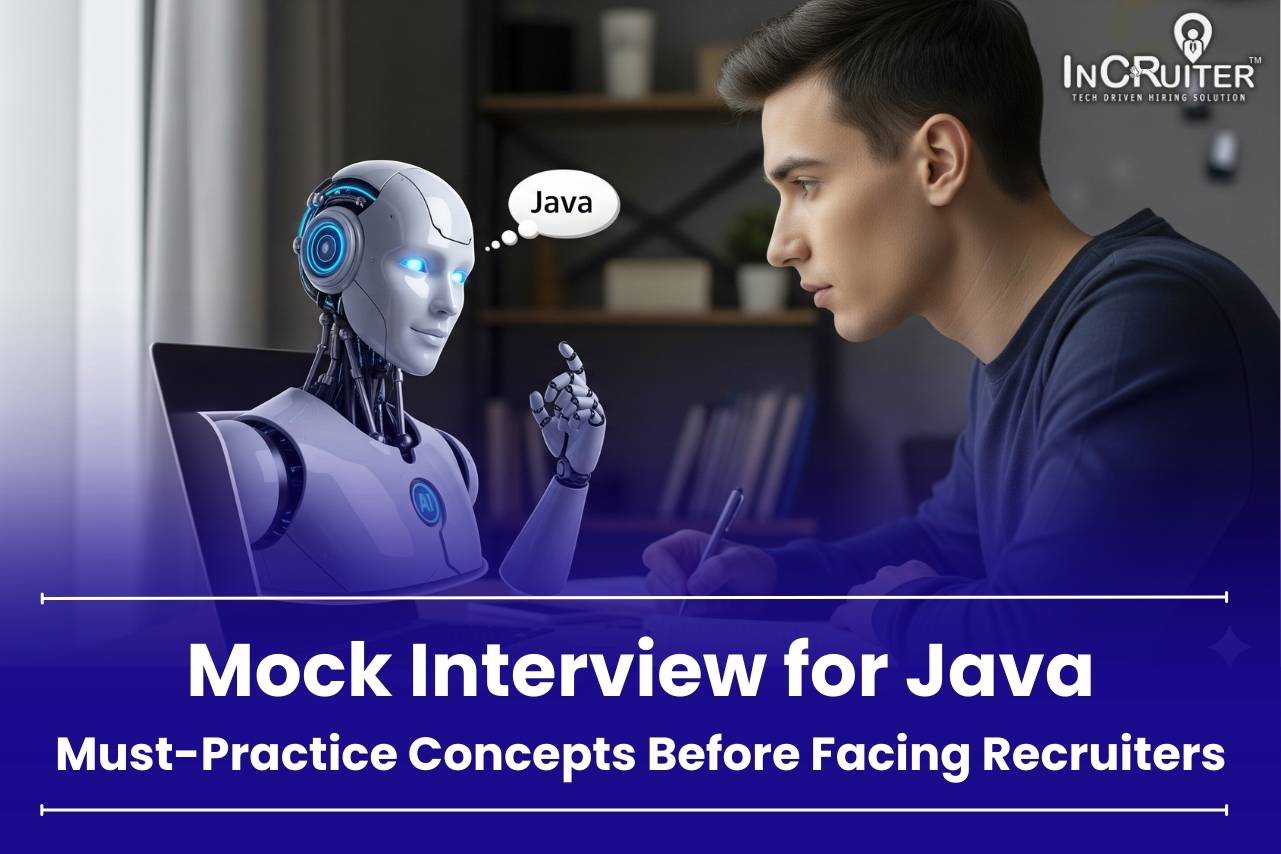In the hiring world, new tech tools like one-way AI video interview software are making things easier. In the ever-growing landscape of recruitment, technology plays an essential role in streamlining processes and ensuring effective candidate assessments. This guide will show you, step by step, how to use this cool tech for checking out job candidates. Just easy steps!
Understanding One-Way Video Interview Software
Before researching the setup process, let’s grasp the core of one-way video interviewing softwares. This automated interview scheduling software allows recruiters to send pre-recorded interview questions to candidates, who then respond via video recordings. Interview scheduling software’s innovative approach not only eliminates scheduling conflicts but also provides recruiters with the flexibility to assess candidates at their convenience.
Setting Up Your One-Way Video Interview Software in 4 steps

Choose the Right Platform
Begin by selecting one-way video interview platform that aligns with your recruitment needs. Some popular options that provide interviews as a service include InCruiter. However, it’s crucial to evaluate software’s features, pricing, and user reviews to make an informed decision.
Account Creation and Setup
After choosing the interview scheduling software, make an account on the chosen platform. Follow the setup, providing the needed details about your organization, team members, and any specific customization options offered by the AI interview software.
Describe Interview Questions
Create a set of interview questions that bring into line with the job requirements. Make sure that the questions are clear, brief, and allow candidates to showcase their skills and experiences effectively. Most of the AI video interview software provides question books and guidelines to guide you.
Arrange Interview Settings
Regulate the settings based on your requirements. This may include time limits for answers, the number of time re-recordings allowed, and whether candidates can preview questions before recording their responses.
Using One-Way Video Interview Software Efficiently
Automated Interview Scheduling
AI interviews offer modern features such as automated interview scheduling, which is the need of the growing industry. This feature allows recruiters to set up interviews, share possible time slots, and allows candidates to choose a time that suits them. This streamlines the process, minimizing back-and-forth communication.
Interview as a Service (IaaS)
Influence the concept of Interview as a Service, where the one-way video interview software takes care of the technical features, ensuring an easy and smooth experience for both recruiters and candidates, like video hosting, playback, and secure sharing options.
Collaborative team interview
Invite multiple team members to evaluate candidate responses collaboratively. Many one-way video interview platforms provide a common space for team members to view and rate candidate videos. This fosters a more comprehensive and objective hiring process.
Also Read: Ever-growing demand for interview-as-a-service market post pandemic
Conclusion
Using one-way video interview solutions can totally upgrade your hiring process, making it more efficient, easy, and flexible. By following the steps outlined in this guide, recruiters can use the advantage of technology to recruit the best talent while minimizing logistical challenges. Adopt tech for the future of recruitment with InCruiter’s one-way video interview software.
FAQs (Frequently Asked Questions)
Ans: One-way video interview software is flexible and can be adapted for multiple positions. However, it’s essential to assess whether the nature of the job requires personal interaction and great communication skills. For roles where these skills are top, traditional interviews may still be required.
Ans: Yes, candidates can showcase their personality in one-way video interviews. Including a mix of technical and behavioural questions can provide a more calculative view of the candidate’s suitability for the position.
Ans: To make sure fairness, establish clear assessment criteria for all team members involved in the hiring process. Encourage impartiality by providing guidelines for assessing responses. Moreover, consider blind review options that hide individual information during the early evaluation phase.



















